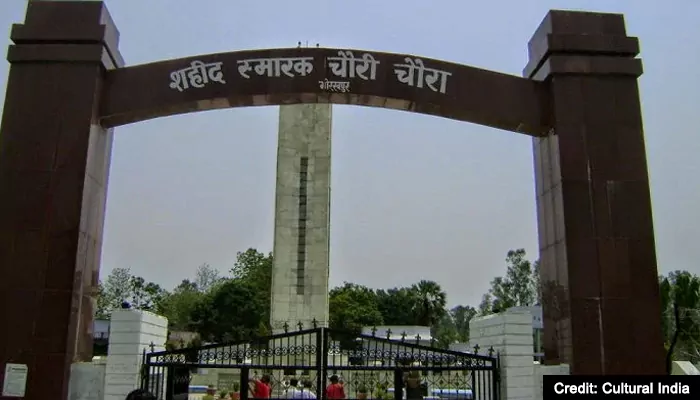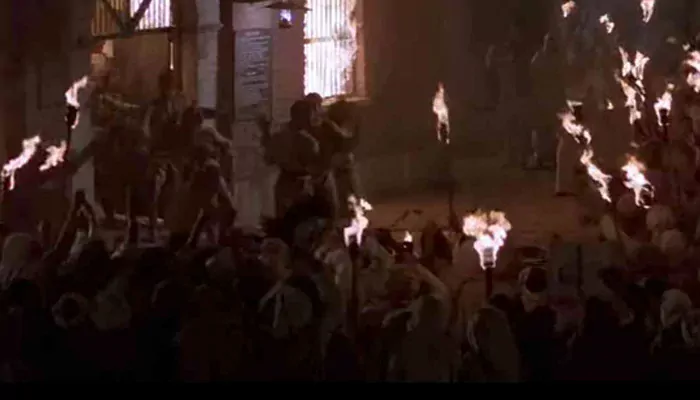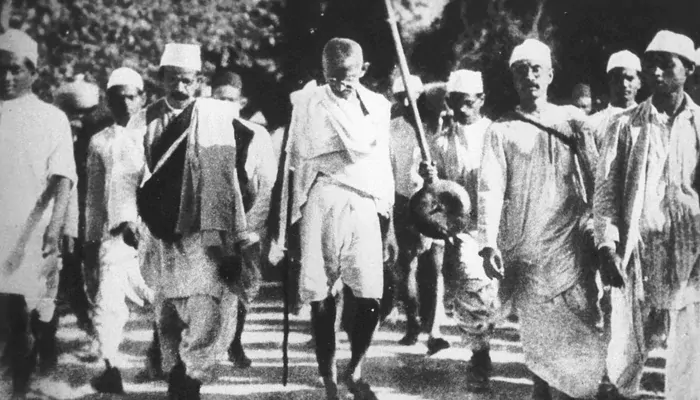
How a village fire in 1922 reshaped India’s freedom struggle and tested Gandhi’s commitment to non-violence
On 4 February 1922, a winter evening in the small village of Chauri Chaura in Gorakhpur district, United Provinces (now Uttar Pradesh), was shattered by the crackle of gunfire. Police had opened fire on protesters marching as part of Mahatma Gandhi's nationwide Non-Cooperation Movement. Three people were killed. Enraged villagers, their patience worn thin, turned on the very symbol of colonial authority—the local police station.
By nightfall, the station was engulfed in flames. Twenty-three policemen trapped inside perished in the inferno. The retaliation was swift and brutal, but it would become a moment that altered the course of India's independence movement forever.
The Non-Cooperation Movement, launched in 1920, swept across India like a storm. Sparked by the draconian powers of the Rowlatt Act and the Jallianwala Bagh massacre, Gandhi called on Indians to boycott government institutions, relinquish British titles, refuse taxes, and avoid imported goods. Millions responded, and the Raj's grip seemed to be slipping.
The protest at Chauri Chaura was just one among many. Villagers had been peacefully demonstrating against liquor shops and foreign cloth when police baton-charged and opened fire on them. What followed was spontaneous anger, born of years of humiliation and repression.

News of the fire reached Gandhi at the peak of the movement's momentum. For many leaders, including Nehru and Ballabh Bhai Patel, the uprising signified that the Raj was vulnerable. But Gandhi perceived something else: the creeping shadow of violence.
To him, non-violence (ahimsa) was not merely a strategy but a fundamental belief. The deaths of the police officers, however tragic the provocation, violated the spirit of the movement. Against the wishes of his colleagues, Gandhi called off the Non-Cooperation Movement on 12 February 1922.
The decision shocked the nation. Lala Lajpat Rai summed up the mood when he said, "Our defeat is in proportion to the greatness of our leader." Many supporters, especially in places like Chauri Chaura, felt betrayed. They believed the villagers had merely responded to colonial brutality, much like the massacre at Jallianwala Bagh.
The British administration acted swiftly to make an example of Chauri Chaura. Over 200 villagers stood trial; six died while in police custody. In March 1923, after an eight-month trial, 172 men were sentenced to death. Public outrage compelled the Allahabad High Court to reduce the number to 19 executions, with 110 others receiving life sentences and the remainder serving long prison terms.
Among those hanged was Meghu Tiwari, whose descendants still remember Gandhi's decision with pain. The village was left scarred, its people either dispersed or imprisoned, but the incident remained etched into the national consciousness.

(Credit: The Hindu)
Chauri Chaura was more than a village tragedy; it was a philosophical crossroads. Gandhi's withdrawal of the movement marked the end of India's first nationwide push for independence and highlighted the risks of mass civil disobedience.
Critics accused him of sacrificing momentum. Supporters argued that Gandhi's insistence on non-violence maintained the moral high ground and prevented spiralling bloodshed. Either way, the incident demonstrated the immense discipline required for a non-violent revolution.
Today, Chauri Chaura is remembered as the event that compelled India's struggle to face its most profound dilemmas. Was freedom worth any sacrifice, or was the way of achieving it equally important? Gandhi's decision—to pause the movement at its height—demonstrated his steadfast belief that the ends could never justify violent means.